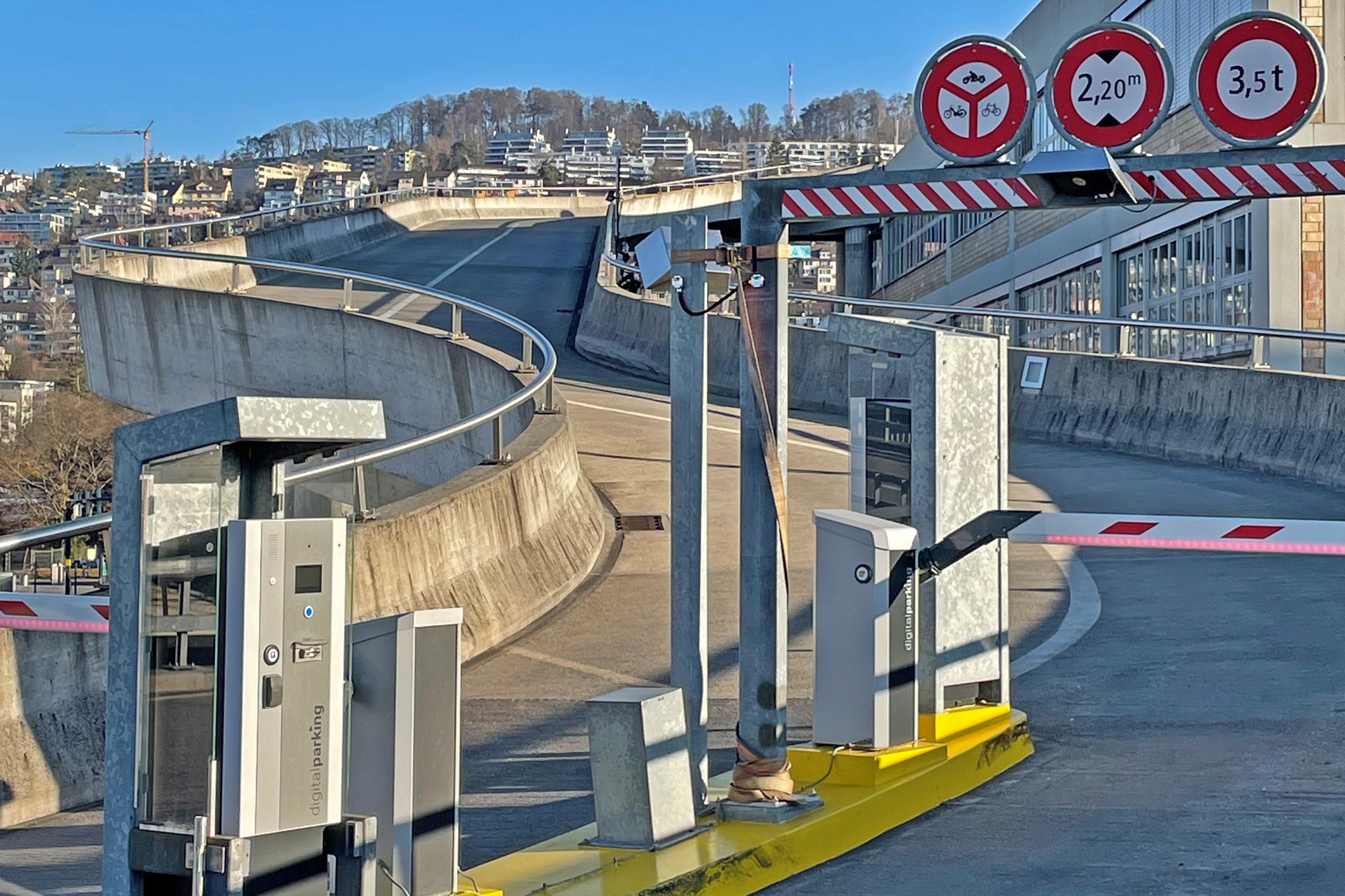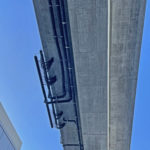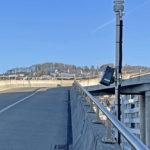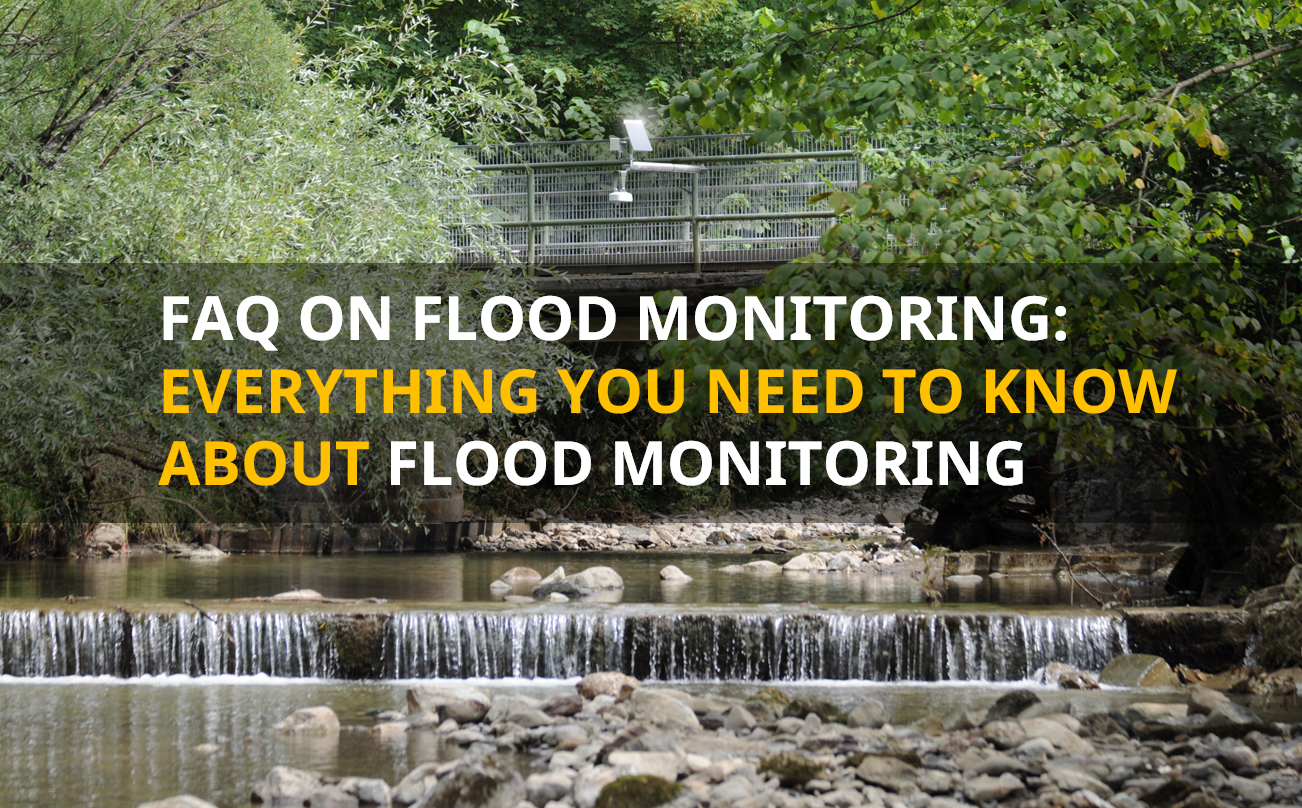To ensure safe travel on a ramp, the Swiss company Migros built a heater into the roadway winding to the parking deck of its distribution center in Zurich. Frost and snow thus had no chance. Thanks to a smart yet simple roadway monitoring system from OTT HydroMet, Migros was able to reduce energy consumption by over 80% while keeping traffic safe.
Slopes are among the most dangerous places in road traffic. Although rainwater can drain off, snow and freezing wetness pose an increased risk to traffic on ramps and grades. Previously, Migros heated the ramp to the parking deck of its distribution center in Zürich continuously during the cold seasons of the year. Migros used waste heat, which now is not available anymore. With a heating power of 150 kW, the continuous operation would be expensive and unsustainable. Thus, project engineer Max Latzer looked for a solution to use the heater only if there is a risk of slickness. “How can we know when we really need to turn on the heating and otherwise, leave it shut down,” he says, summarizing his initial question.
Simple yet effective road monitoring solution
The engineer found what he was looking for at OTT HydroMet. Thanks to an adapted lane monitoring system, the heating now only turns on when needed. In an initial test phase, Migros Zurich was thus able to save over 80% in energy output.
The solution consists of a road surface monitoring sensor Lufft MARWIS and a weather station Lufft WS600. The MARWIS uses LED light to determine the road condition (dry, wet, snow, ice), water film height, road temperature, dew point, relative humidity, and ice content. It is mounted at a height of two meters on a pole, on the top of which the weather station is placed. The Lufft WS600 measures wind direction and speed, air temperature and pressure, and the intensity and type of precipitation – all in one compact housing.
More than 80% energy saving without compromising safety
All data is fed into the programmable logic controller (PLC) of the heating system. “With the MARWIS, we can see the current condition of the roadway, and the WS600 helps us look into the near future and estimate the short-term development of the microclimate,” explains Latzer. “Sub-zero temperatures are not yet a danger per se. Only when snow falls or moisture hits the cold road surface, there is a risk of icy roads.”
After three months of test operation, the conclusion is convincing: “We measured only about 15% of the energy consumption from the previous year without compromising traffic safety.”
Photos provided by Max Latzer
Do you want to learn more about this project?
See what our experts can do for you to increase traffic safety. Reach out to us and we will be happy to help.
OTT HydroMet offers a comprehensive portfolio of road weather monitoring solutions. Get our guide with information on technologies, applications, and projects.









